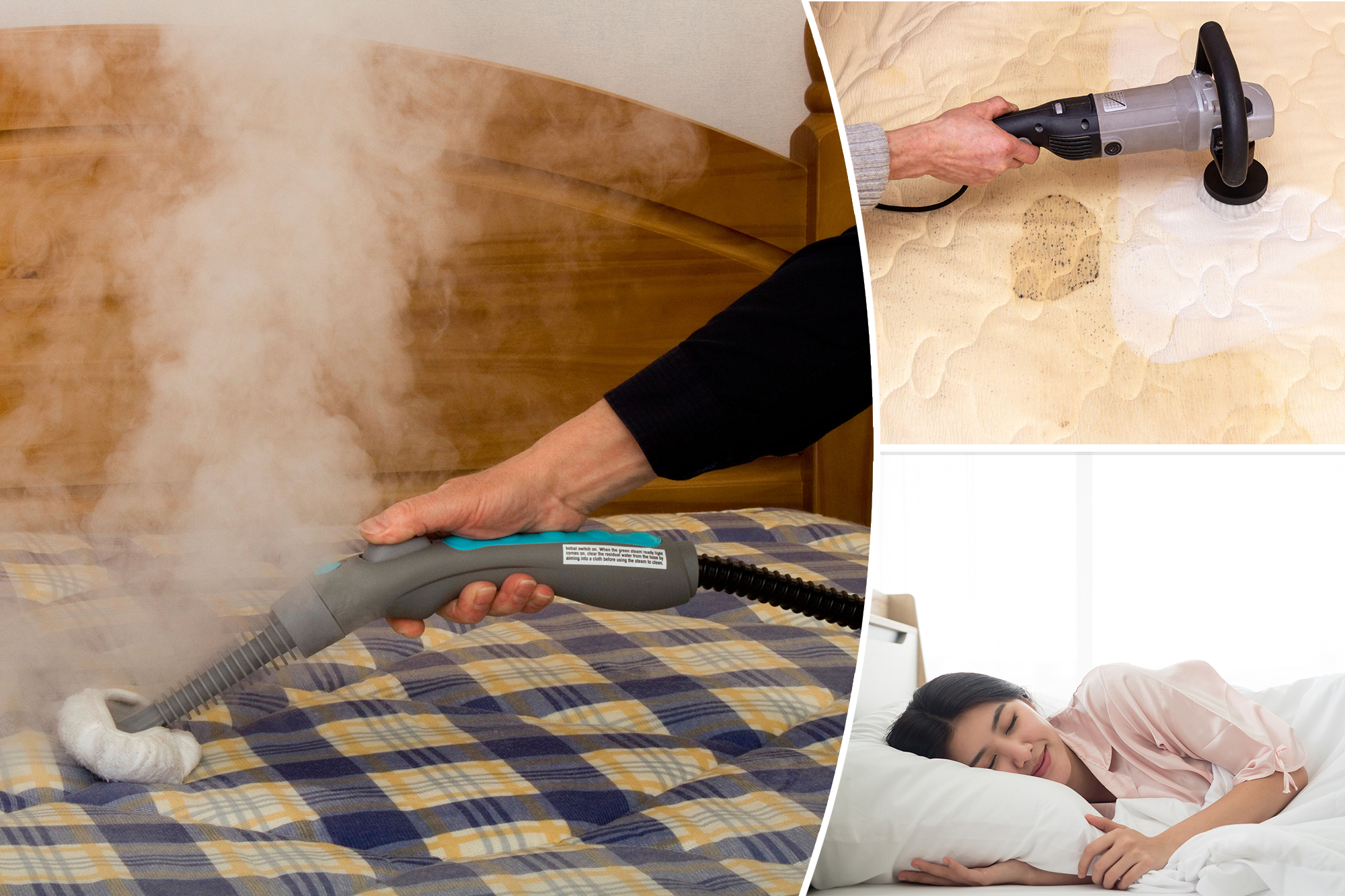
Take care of your bed or lose it forever.
Believe it or not, your mattress is likely a cesspool of nitty gritty dirt and bacteria hiding in plain sight, experts warn.
Up to a million dust mites, known for causing pesky respiratory issues and unsightly skin conditions, can move around a mattress at any given time, according to research from the Ohio State University.
You won’t see them, though — the icky adversaries are just 250 to 300 microns in length and only visible ten times magnified.
Because of this, the pros warn, our beds themselves — not just sheets, blankets, and pillowcases — need to be cleaned on the reg, protecting us from some of the grossest creepy crawlies.
But don’t assume you’re going to sleep walk through the process like it’s an easy fix, advises Liza Garrison, Director of Product at bedroom outfitter Ruggable.
“Unfortunately, there is no one-step way to clean your mattress. However, there are some simple hacks to keep your mattress clean, so that it doesn’t build up debris and require a big clean all at once,” she said.
“Once a month, you should be vacuuming your mattress and getting rid of any dust that has gathered,” she explained.
Garrison added that the next best step is to take a garment steamer as close to your mattress as possible “to kill any dust mites lingering under the surface.”
“If you don’t have a steamer, try using bursts of steam from your iron.”
The Sleep Foundation recommends also cleaning the underside of your mattress, as it can “still harbor a lot of dust, moisture, and more.”
“If your mattress is not designed to be flippable, you can still clean the underside, but be cautious when flipping it over, and do not apply too much pressure to the mattress,” the said.
Although mattress covers and toppers can come in handy to protect from mites and other gunk, they still require maintenance too.
If you’re prone to allergies, you should have your mattress cover washed every two to four weeks, or at least every two months, advises Amerisleep.
And not to be OCD about it, but the pros at OSU recommend being even more proactive, administering a daily, damp pat down of the mattress cover.














